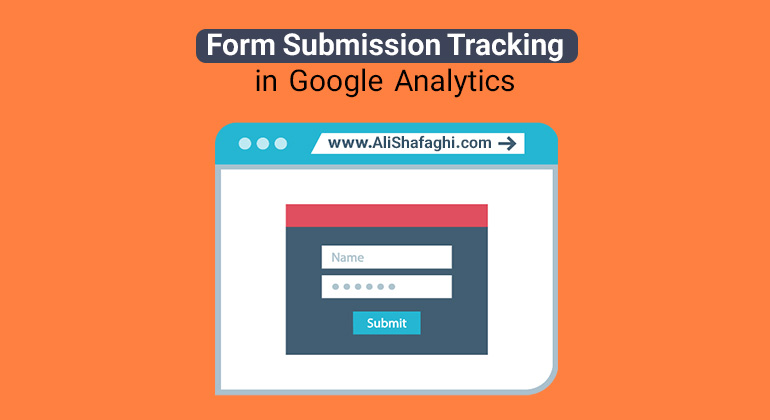
Google Analytics goals are specific activities that you want to check out whether the users completed or not. Goals have different types and settings and I will explain how to choose the right type of goal for each action and I will teach you how to create goals.
What is goal in Google Analytics?
As a business owner you might have different goals for your business, it could be more sales, better branding etc, and to reach these goals there are a couple of actions that must be done.
For example if your business goal is to drive more sales, you should be able to persuade the users that visit your site to buy your products or services and that is a specific action.
This specific action is called a “conversion” and each time it takes place (like when a user buys a product) leads you to reach your business goal.
It’s good to know that the number of users who purchased a product compared to the number of all users who visited that product’s page is called “conversion rate”.
For example if 1000 users visited your product page and 200 of them made the purchase, the conversion rate is 20%.
Google Analytics goals are quite the same thing, based on your business goals there actions done by users that you might want to measure, like purchasing products, filling up forms or even viewing a specific page, and you can simply measure them by setting google analytics goals.
Google Analytics goals are metrics to track and record conversions.
“ Goals measure how well your site or app fulfills your target objectives. A goal represents a completed activity, called a conversion, that contributes to the success of your business. Examples of goals include making a purchase (for an ecommerce site), completing a game level (for a mobile gaming app), or submitting a contact information form (for a marketing or lead generation site). “
This is how Google Analytics defined goals.
Types of goals in Google Analytics ?
In Google Analytics Universal there 4 type of goals.
Depending on what you are willing to do you can use different goals.
Destination Goals
This type of goal lets you track the specific pages that users visit.
For example when a user submits a form, enters a Thank You! page with a different URL.
So you can track the number of form submissions by tracking the users who enter the thank you page using its URL destination.
For Destination goals there is option called Funnels, you can determine the path you expect traffic to take and this path is called a funnel.
When you specify steps in a funnel, Google Analytics can record where users enter and exit the path on the way towards your goal.
You can access this data in the Goal Flow and Funnel reports.
Duration Goals
Duration is based on the user’s session, so by setting a specific amount of time for session, you can track the number of users whose session duration is the same or it’s longer.
Page/screens per sessions
This type of goal lets you track the number of pages users visited.
Using Page/ screens per session goals you can find out how many users visited a certain number of pages.
For example you want to check out what number of users who came from Instagram to your site visited 4 pages and more.
Event Goals
Event goals are a little bit different and quite more complicated.
To set an event goal you need to first set an event in Google Analytics or Google Tag Manager, after that by setting a goal you can track that event.
I’ll explain how to set up an event in Google Analytics and Google Tag Manager in a separate post.
For example you have a video on your home page and you want to track how many users click on the video and play it.
Considering that you already created an event for playing video, to create an event goal you just need to fill one of the event conditions exactly the same as the conditions of the event you set earlier.
Event conditions are : event category, event label, event action and event value.
How to set Google Analytics goals?
steps to set google analytics goals :
- Know that you need Administrator access to be able to create new goals.
- In the Google Analytics dashboard go to the Admin Section.
- Under the View section click on Goals.
- Then click on New Goal.
- Next, you must choose a pre-set business goal template or a custom template. Depending on your business you might see different options. Check out the options and choose the right one for your purpose. If you can’t find it just choose a custom. Click continue to proceed.
- Name your goal based on the conversion you want to track.
- Next is Goal slot ID, this is an ID to find your goals in reports. If this is your first goal, the default is one. You can change it if the rest is not taken. Remember you can only define 20 goals in each free Google Analytics account.
- Then choose the goal type which I explained above.
- The next and last step is depend on the goal type you choose, so let’s take look at different scenarios :
If you choose Destination Goals, next you need to specify the URL destination that you want to track and you can turn on the value and funnel options that I explained above. Finally click save and it’s done.
If you choose Duration Goals, next you need to specify the time duration you wish to track, and then click save to finalize your goal.
If you choose Page/screens per session, next you should enter the number of pages users visit that you wish to track and file your goal by saving it.
If you choose Event Goals, next you need to enter at least one of the event conditions based on the event you already created.






